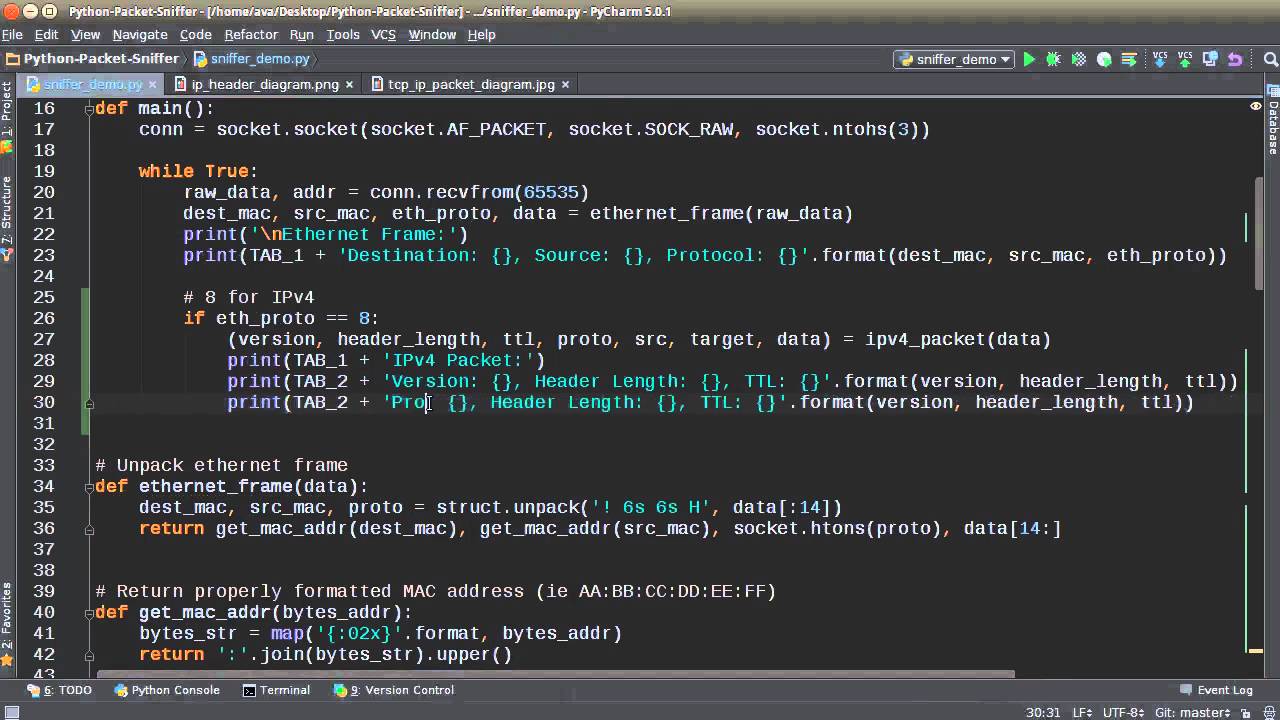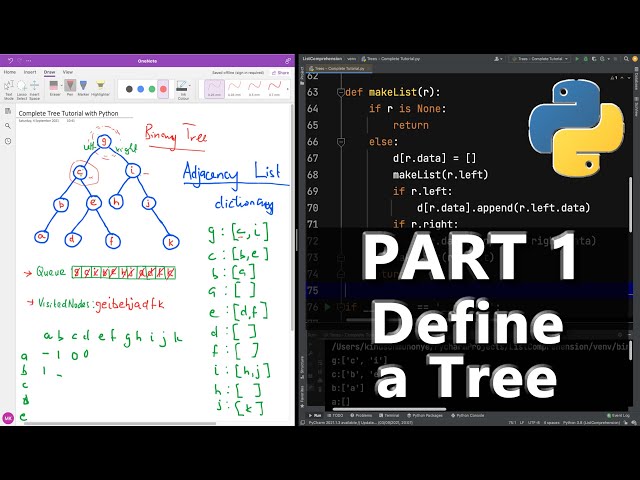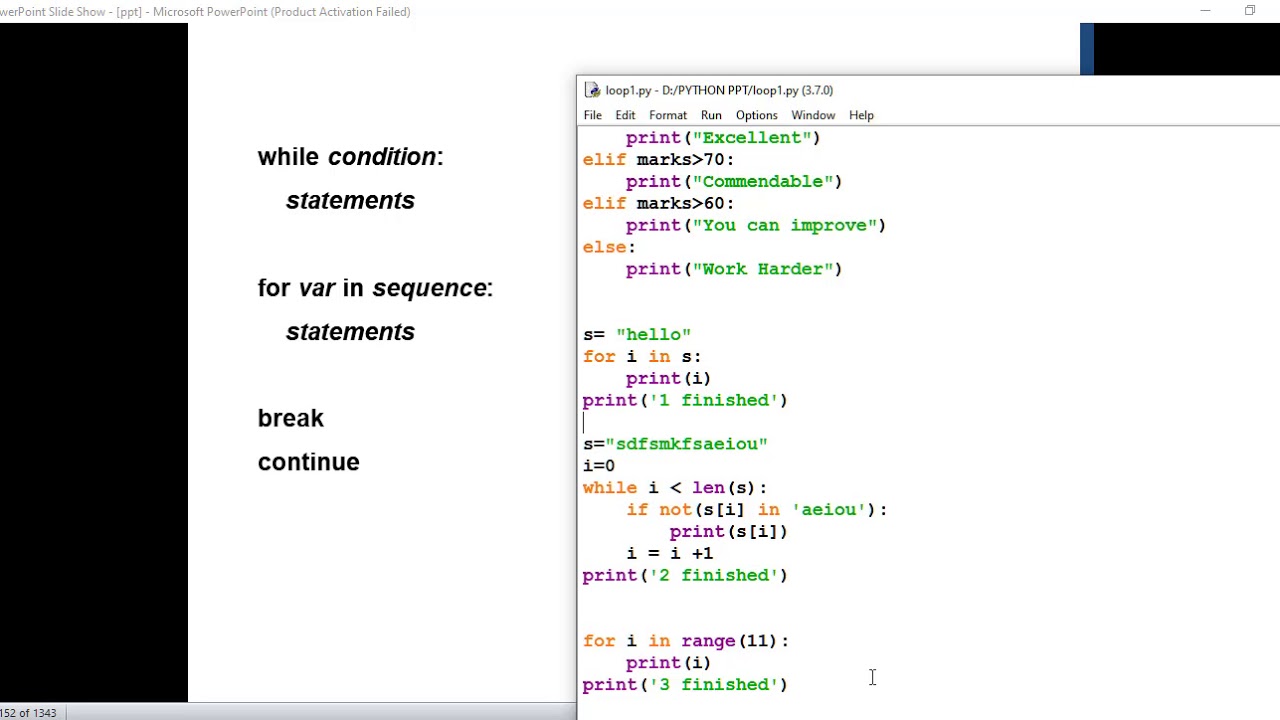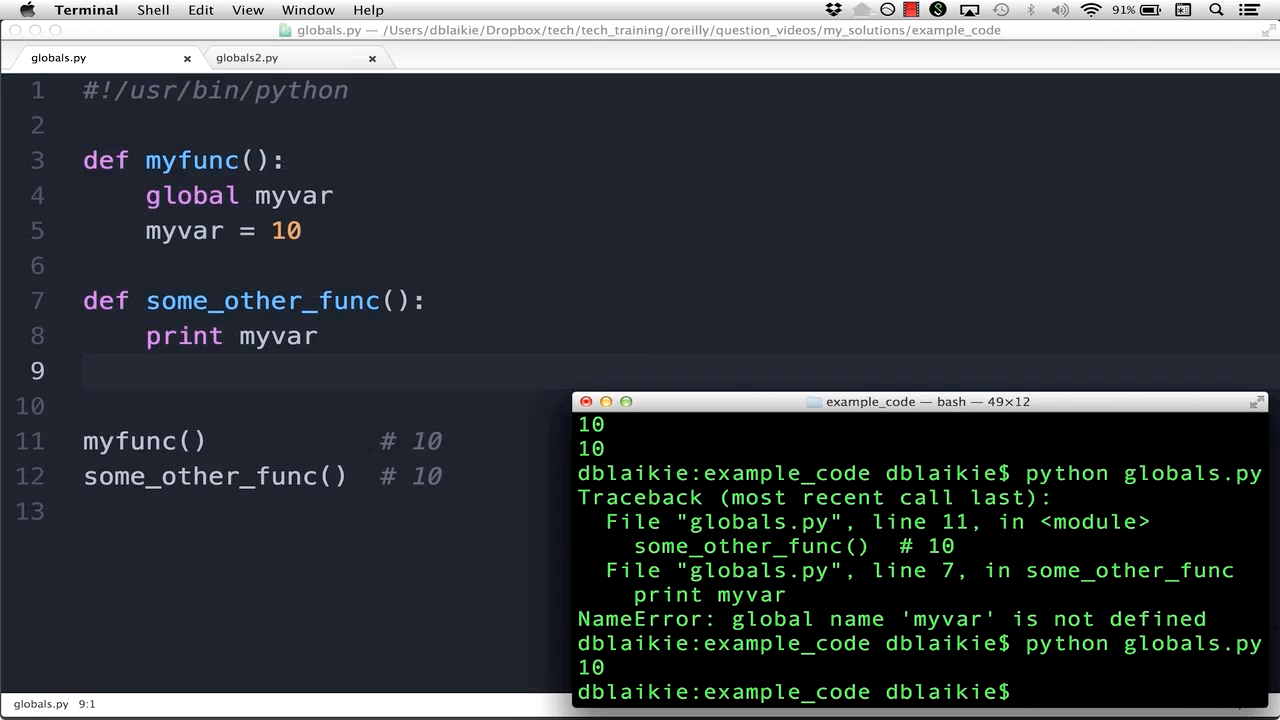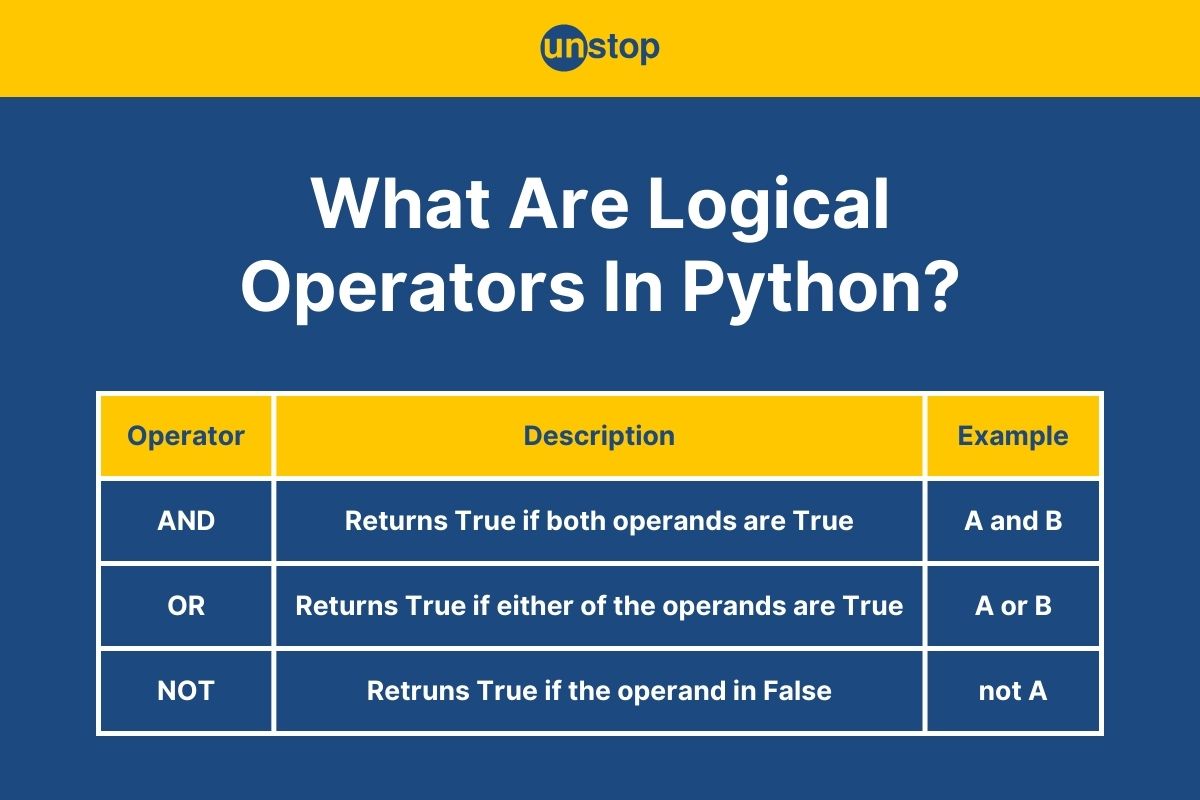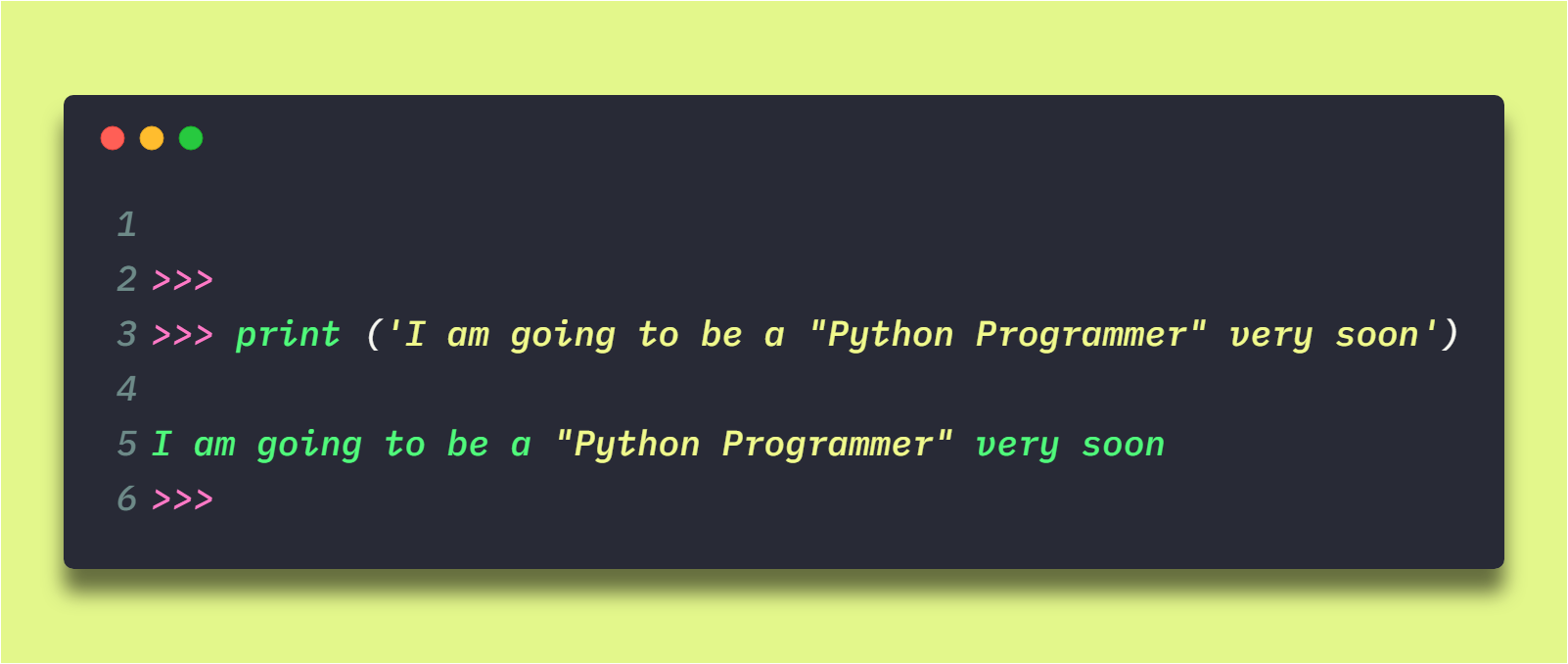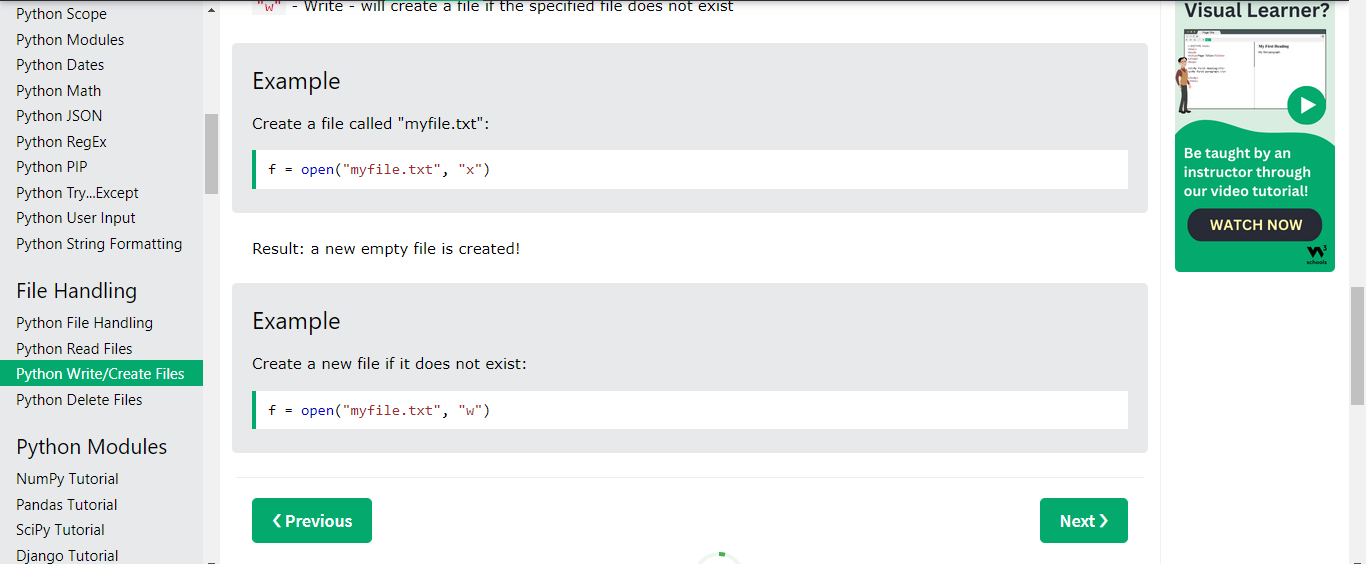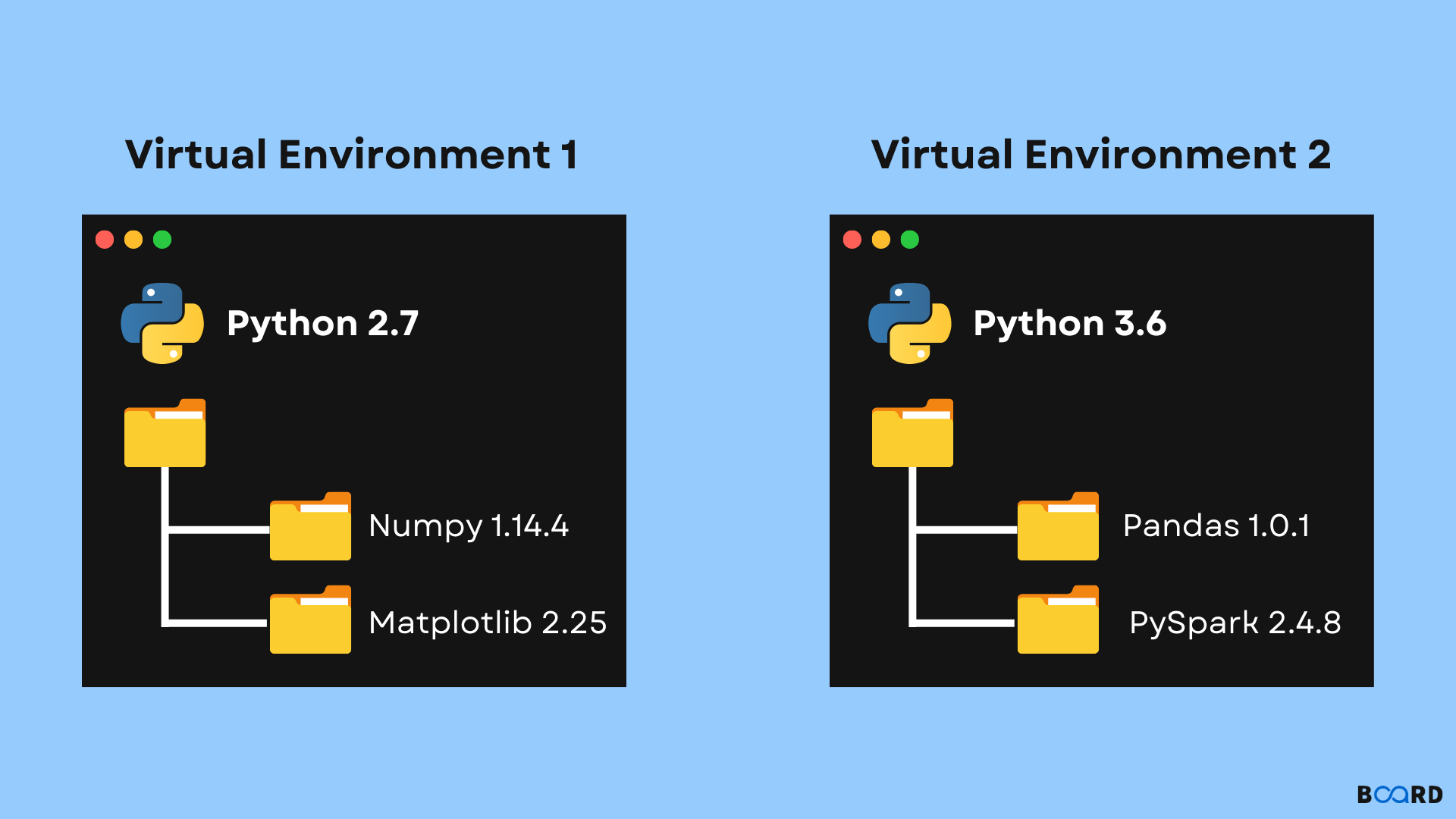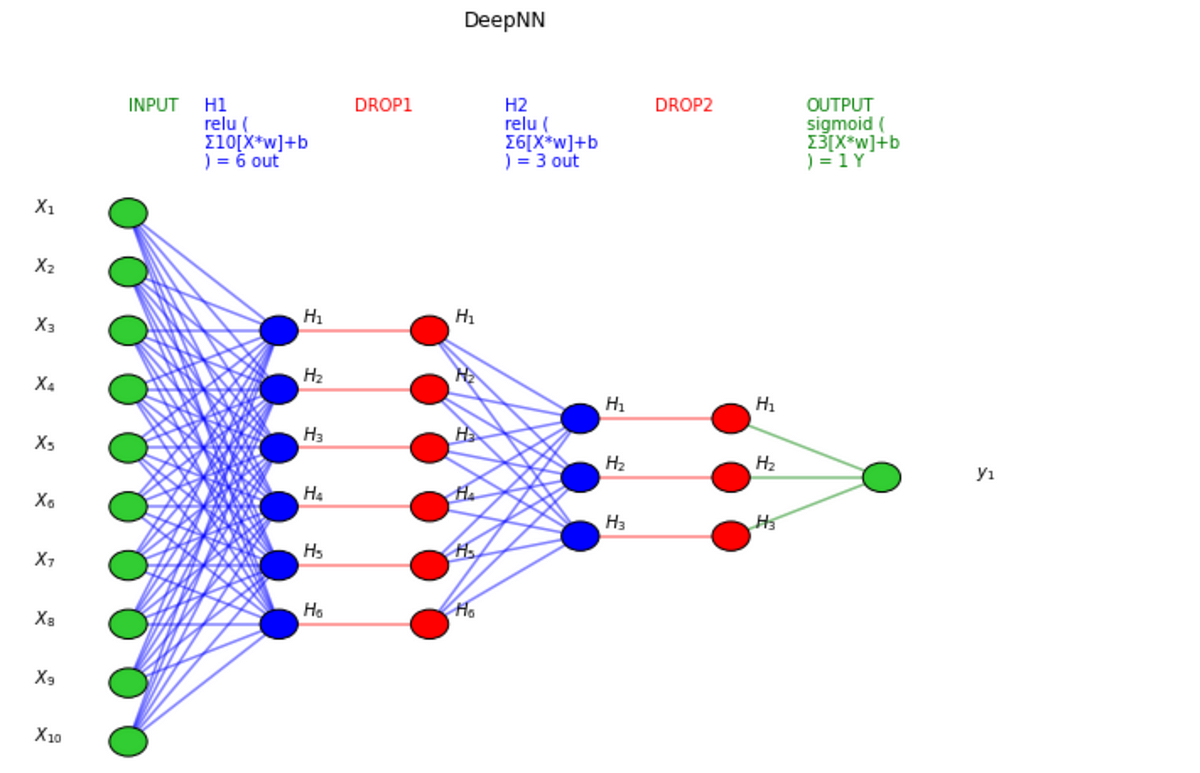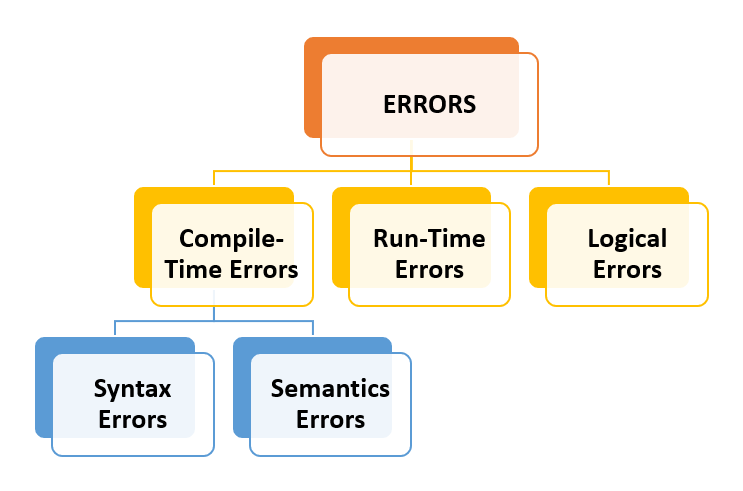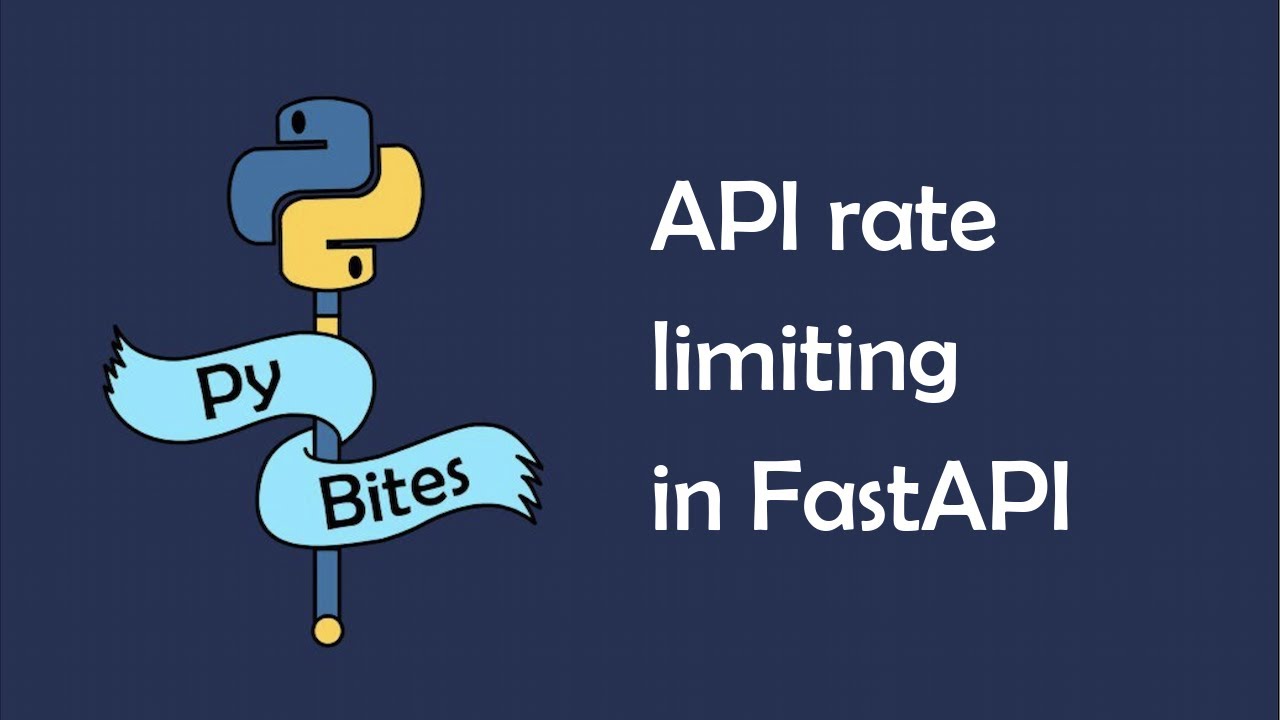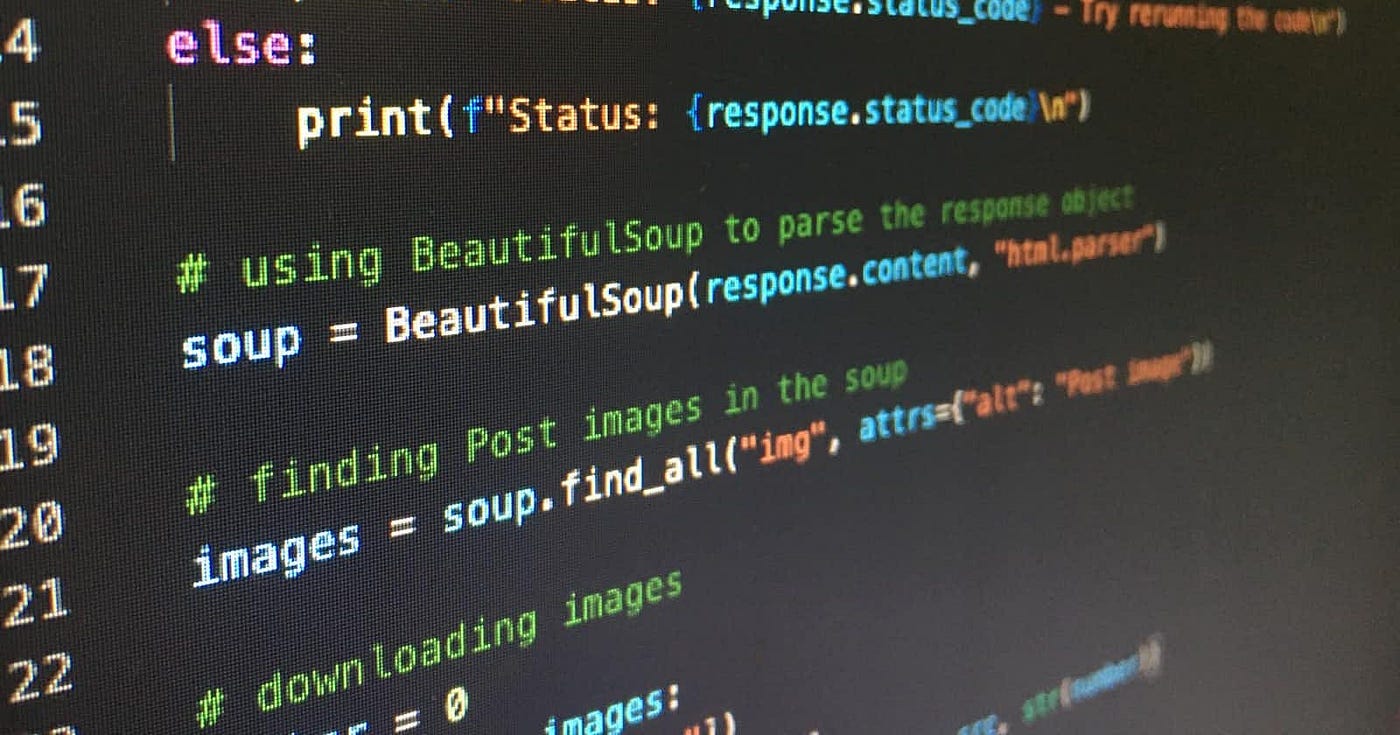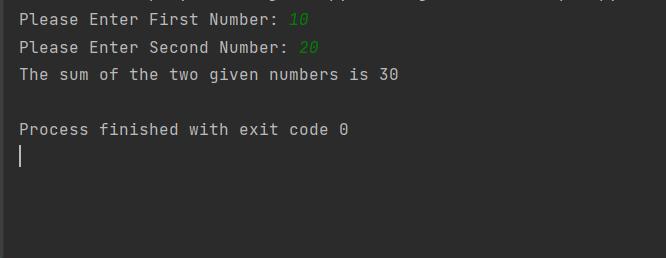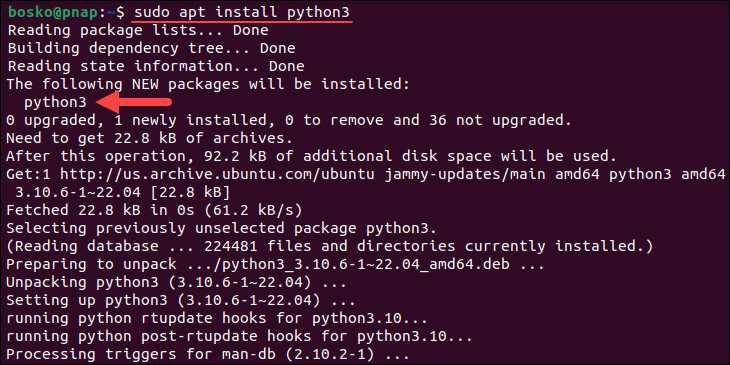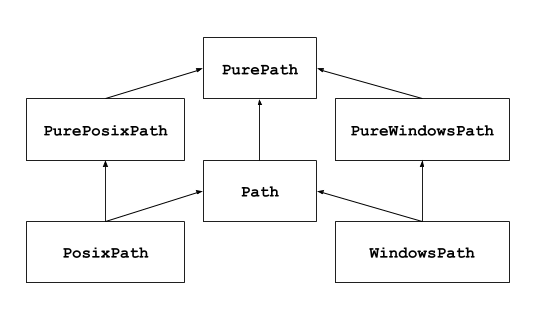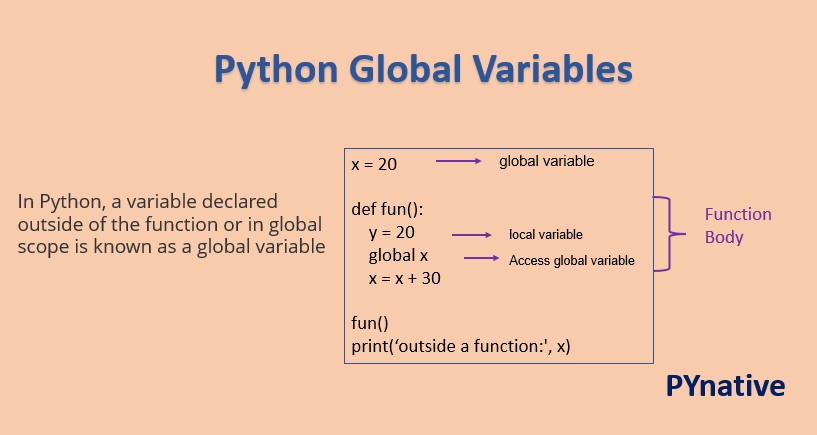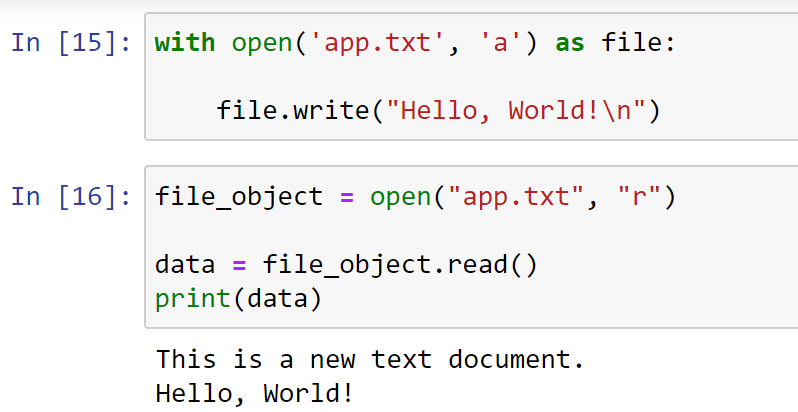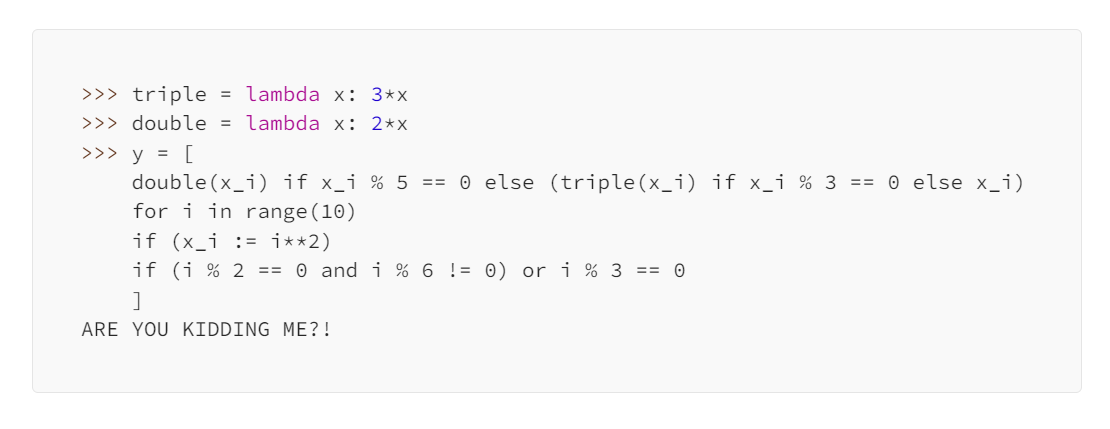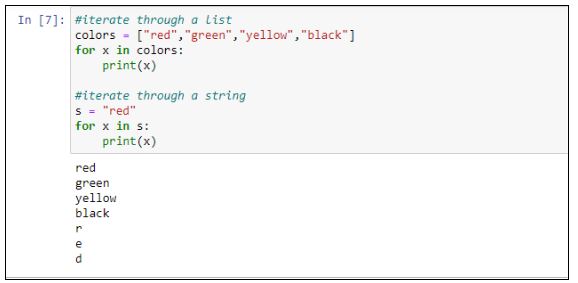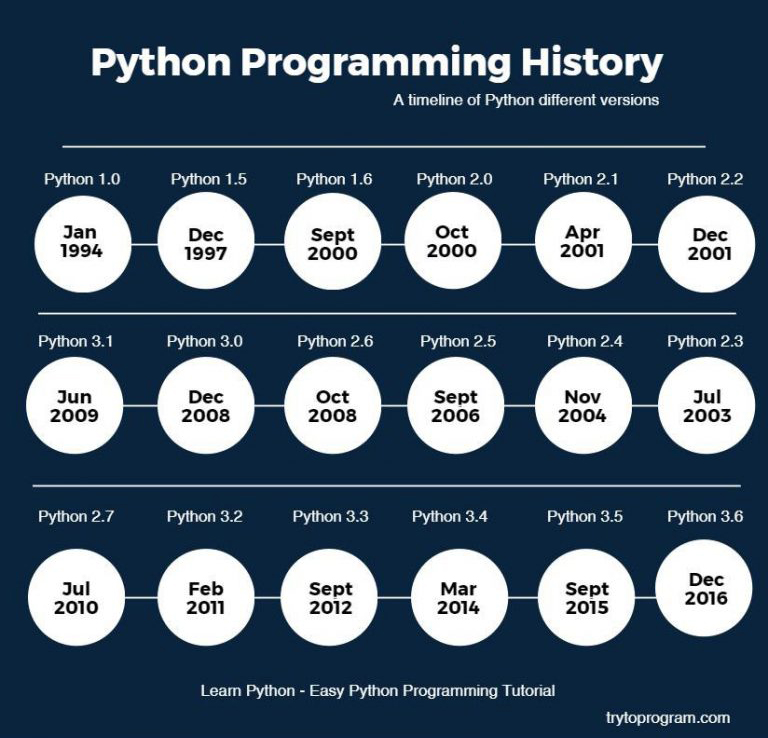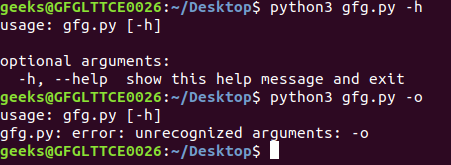Python list vs array vs dictionary
Python list vs array vs dictionary
Here's a detailed explanation of Python's data structures: lists, arrays, and dictionaries:
Lists
In Python, a list is a collection of items that can be of any data type, including strings, integers, floats, and other lists. Lists are denoted by square brackets [] and are defined using the comma-separated values inside the brackets.
For example:
my_list = [1, 2, 3, "hello", True]
Lists support various operations such as:
Indexing: Access individual elements using their index (0-based) Slicing: Extract a subset of elements from the list Appending: Add new elements to the end of the list Insertion: Insert new elements at specific positions in the list Removing: Remove elements from the listOne notable feature of lists is that they can store any type of data, including other lists. This allows for complex nested structures.
Arrays
Python does not have a built-in array data structure like some other programming languages (e.g., Java or C). Instead, Python's lists serve as an alternative to arrays. The key differences between lists and arrays are:
Dynamic size: Lists can grow or shrink dynamically based on the number of elements added or removed. Heterogeneous type: Lists can store different data types (like strings, integers, and floats) in a single collection.If you need a fixed-size array with homogeneous elements (e.g., all integers), you can use NumPy arrays. These are part of the NumPy library and provide additional features like vectorized operations.
Dictionaries
In Python, a dictionary is an unordered collection of key-value pairs, denoted by curly braces {}. Each pair is separated by commas, and keys must be unique. Dictionaries support various operations such as:
Dictionaries can store any type of data, including strings, integers, floats, and other dictionaries.
Key differences
To summarize:
Lists are dynamic, heterogeneous collections with square bracket notation ([]). Python does not have arrays in the classical sense; lists serve as an alternative. Dictionaries are unordered, key-value pair collections with curly brace notation ({}). They support fast lookups and insertion/deletion operations.
When to use each:
Use lists when you need a dynamic collection of elements that can be of any data type. Use dictionaries when you need to store key-value pairs for fast lookup or updating operations. If the keys are strings, use dictionaries; if the keys are integers (e.g., indices), use lists.Remember, Python's built-in data structures are designed for flexibility and ease of use, so you can often achieve your goals with these fundamental building blocks!
Python list vs array vs tuple reddit
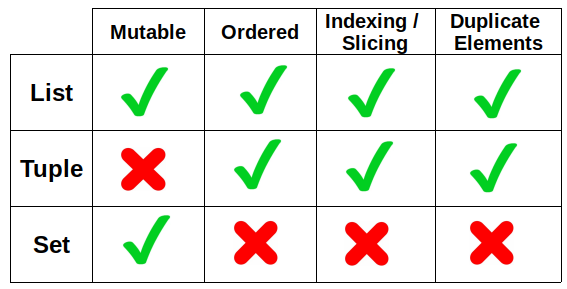
I'd be happy to explain the difference between Python lists, arrays, and tuples, as well as provide some context from a Reddit post.
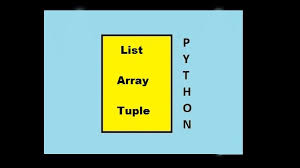
Reddit Post Context:
The original poster (OP) on Reddit asked for clarification on the differences between Python's list, array, and tuple data structures. Many users responded with their own explanations and examples, which I'll summarize below.
Python Lists:
In Python, lists are a built-in data structure that can contain multiple elements of any type (e.g., strings, integers, floats, other lists, etc.). Lists are:
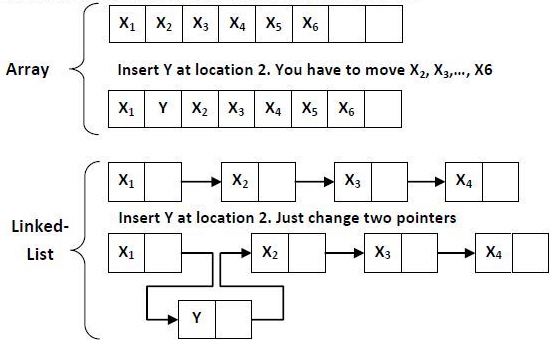
Example: my_list = [1, 2, 3, 'hello', 4.5]
Arrays:
Python doesn't have a built-in array data structure like some other programming languages do. However, the NumPy library provides a powerful ndarray class that can be used to create arrays with specific characteristics (e.g., fixed size, homogeneous elements). Arrays are:
Example: import numpy as np; my_array = np.array([1, 2, 3])
Tuples:
In Python, tuples are a data structure that is similar to lists but with some key differences:
Immutable: Tuples cannot be modified once created. Fixed-size: Like arrays, tuples have a fixed length and cannot change size. Homogeneous: All elements must be of the same type.Example: my_tuple = (1, 2, 'hello', 4.5)
Key Takeaways:
To summarize:
Python lists are dynamic, flexible, and indexable. Arrays (NumPyndarray) are fixed-size, homogeneous, and indexable. Tuples are immutable, fixed-size, and homogeneous.
When deciding which data structure to use, consider the following:
If you need a collection of elements that can grow or shrink, use a list. If you need a fixed-size array with specific characteristics, use NumPy'sndarray. If you need an immutable collection of elements with a fixed size, use a tuple.
Keep in mind that Python lists are the most versatile and widely used data structure, while arrays (NumPy) and tuples are specialized for specific use cases.
